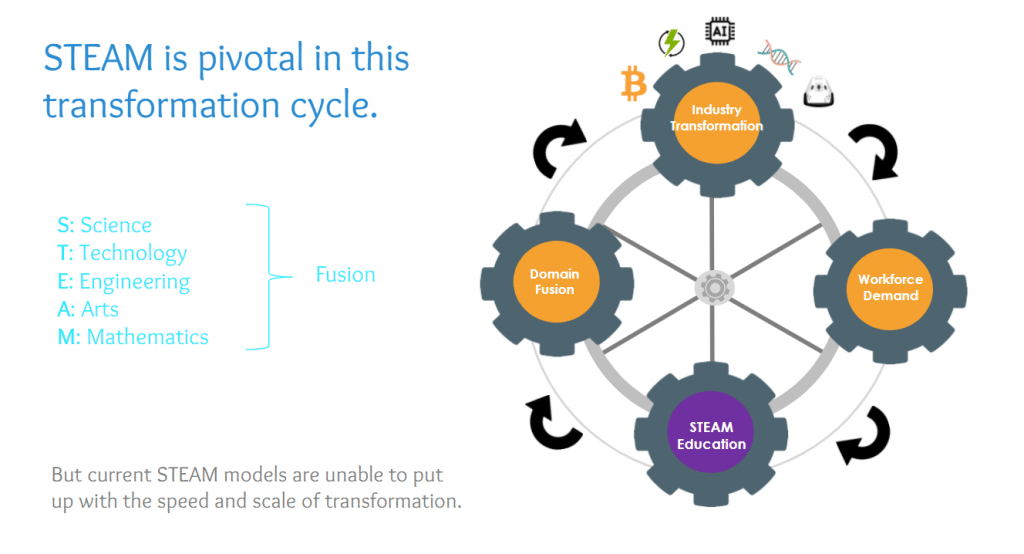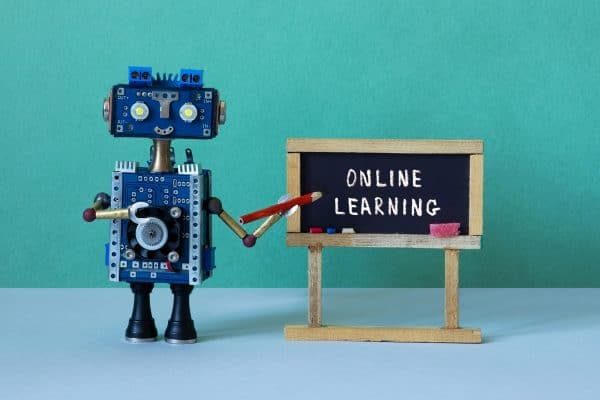The digital education revolution has been steadily gaining momentum over the last decade, with more and more teachers implementing innovative teaching methods to engage their students. One of the main reasons for this is because research shows that children are increasingly disengaged in traditional classroom settings (Hallowell, 2013). Pakistan is one of the most populous countries in the world, and its population is growing at a rate that outpaces many other countries.

Digital Education in Pakistan
Currently, Pakistan has a literacy rate that hovers around 59%. Though this number seems low, compared to neighboring India with only 53% literacy rates or China at 86%, it’s not as drastic as you might think. The current government is working hard to improve education for all Pakistani citizens by increasing digital access to information and resources for those who can’t afford them otherwise.
Digital education is a new approach to learning in Pakistan that employs digital tools to solve traditional educational challenges. Digital education programs build on the strengths of teachers and learners and help them overcome some of their weaknesses through technology. These programs are based on four pillars:
- Use of rich curricula
- Blended personalized learning for teachers and learners;
- Easy to use technology tools
- Effective instructional practices.
Digital education has been around in the country since 2002, when Pakistan launched a National eLearning Initiative (NELI). It was launched to enable people with limited access to formal education due to location or personal constraints to have learning opportunities.
The e-Learning program is an initiative of the Ministry of Education to provide educational opportunities for all and bridge the digital divide in Pakistan.
At present, 2,400 schools are linked with 3,100 community colleges and over 500 institutions through NELI. Soon it will be extended to cover more than 40,000 schools.
Teaching & Learning Resources
Teaching and learning resources are being shared among community colleges based on a common curriculum framework. For this purpose, the national curriculum was restructured into modules by the National Curriculum Cell of the Ministry of Education. As a result, students in different parts of Pakistan have the same core subjects to study.
The program’s design is based on a consultation process with schools and communities to understand their needs and aspirations. Content development has been carried out under three phases so far, involving local teachers in designing modules that meet national curriculum standards. Input from students is also taken into account.
To reach out to more learners, especially those in remote areas, e-learning schools will be set up in clusters based on the availability of community colleges. These e-learning Steam-oriented schools will provide seamless access to curriculum materials and teaching resources.
STEM/ STEAM Education
The Stem education program is designed to strengthen teachers’ pedagogical content knowledge in stem education to share their experiences with others. Community college staff are also being trained to adopt stem education materials.

So far, stem education has been recognized in 1,839 community colleges, and a large number of teachers have attended stem workshops and have adopted stem-based teaching practices.
Still, Digital Education is considered a low-impact program, so it is not getting the attention of government officials. The main reason is the lack of qualified teachers in stem education, and stem teaching methodology is not yet converged with traditional teaching methodologies.
Every teacher needs to undergo a stem-based training program to apply stem methodology in their educational practices if stem education is adopted as a compulsory subject.
To improve the quality of stem education materials and stem approaches, the stem education curriculum needs to be upgraded regularly.
The stem training should also focus more on stem-based teaching methodologies, as opposed to stem content only because the stem is about changing everything from a school system and not just material used during educational sessions.
Finally, stem education will be successful if it is extended to the higher education level.
E-learning schools have introduced a one-teacher, one-school concept where teachers are not deployed to more than one school. This has helped overcome issues related to the availability of and access to teachers and their subject knowledge.
The idea is based on knowledge integration and a learning management system that connects different components into a network. e-learning schools of the future will be based on a distributed school model.
The aim is to build robust organs for education through ICT infrastructure and create new opportunities for teachers and students which are not limited by conventional models of learning.
ICT should be considered as an important tool in formal, non-formal, and informal education to bring about positive changes in the field of learning.
The government is also working on developing an ICT curriculum, including a set of educational modules that can be used to train teachers.
Community College Development Program (CCDP) and Pakistan Education Task Force are responsible for implementing Digital Education Programs. As far as training teachers is concerned, Pakistan Education Task Force has developed a Short-Term e-learning program. Under this program, students are taught basic computer literacy skills like keyboarding and internet navigation.
All the teachers who will be recruited as part of the Digital Education Program are being trained in stem education and stem-based teaching methodologies. The training follows a six-week course which is attended by students from the field of education.
The training program will be conducted by teachers who have undergone stem-based training. The main focus of the course will be on accuracy, consistency, and enhancement of teaching practices. It will also include case studies, pedagogical innovations, and lessons learned through digital technology.
The objective of this program is to improve the capacity of teacher educators for development and short-term deployment in secondary schools through stem education.
This program will benefit more than 1,839 teachers who are involved in stem education. The curriculum consists of innovative ideas on stem education delivered by experienced teachers.
Digital Education Program has been launched in Pakistan to offer basic computer literacy skills and school-level ICT tools to students, as well as strengthen the capacity of teachers for stem education.
The Digital Education Program is being implemented at the national level. The program has been divided into three phases which will include development, deployment, and sustainability activities.
Challenges For Pakistan Education Systems
The education sector of Pakistan is facing various problems. The education budget has been reduced from 6% to 4.2% in the 2014–15 budget, which indicates education is a low priority area.

The government should make education its top priority and ensure that there are enough financial resources in education.
The education sector also loses a lot of money due to corruption, and the government should take steps to eradicate this evil.
There is an urgent need to rotate teachers in different schools to impart education according to their potential. Currently, a teacher teaches in an institution for three years, which is not enough for him/her to learn and become competent.
The education department should also focus on providing good education in rural areas as education levels are very low, especially in remote regions. The government must start reforms if it wants the education sector to improve even after all this time. The education sector in Pakistan is facing multiple challenges, which have resulted in the education system being ill-equipped to meet the demands of a growing population.
Opportunities For Pakistan Education System
Pakistan has all the potential to become one of the best education systems in South Asia.

The government is trying its best to achieve this goal. Opportunities for Pakistan Education Systems are:
1- The Digital Education Program will educate more than 130,000 students and train more than 43,000 teachers from across Pakistan.
2- The Punjab Government aims to bring education to every household in the province as part of its vision 2025. Opportunities for Pakistan Education System, Opportunities For Pakistan Education System, Opportunities For Pakistan Education Systems: Education In Pakistan
3- The Pakistan government is working on a draft to bring major reforms in the education sector.
4- There are 500,000 children out of school, and the government aims to provide free education to them.
There are also different projects being launched by the government related to education, such as Sitara Collective Initiative for Girls Education, National Education Project, Pakistan Youth Development Fund, and the Punjab Education Foundation.
The government has also linked its national ID to the education system so that there is an improvement in education provision in remote areas of Pakistan. The government has plans to introduce biometric attendance systems for teachers at schools across the province.
The government will establish and upgrade 1,500 schools where the situation is extremely critical. The government has already upgraded 56 schools in Sindh.
The government will introduce a Textbook Board to oversee the publishing and distribution of textbooks across Punjab. This step will help save millions of rupees being wasted on printing obsolete or irrelevant textbooks every year.
To promote research in the country, the government will allocate Rs200 million for higher education institutions.
The above measures indicate a great move by the government. If implemented properly, they can help improve Pakistan’s education system and make it one of the best in South Asia.
Conclusion
Digital education in Pakistan is on the rise. With high-speed internet and more affordable smartphones, students can learn at their own pace online without having to make a trip out of their homes. This digital shift has led many parents and educators alike to worry about how this will affect traditional classrooms or if it will be difficult for children who do not have access to these technologies at home. Many digital initiatives have been made recently to improve access and quality of education there. These include Smart Classes by Google as well as Khan Academy’s efforts with the government.

